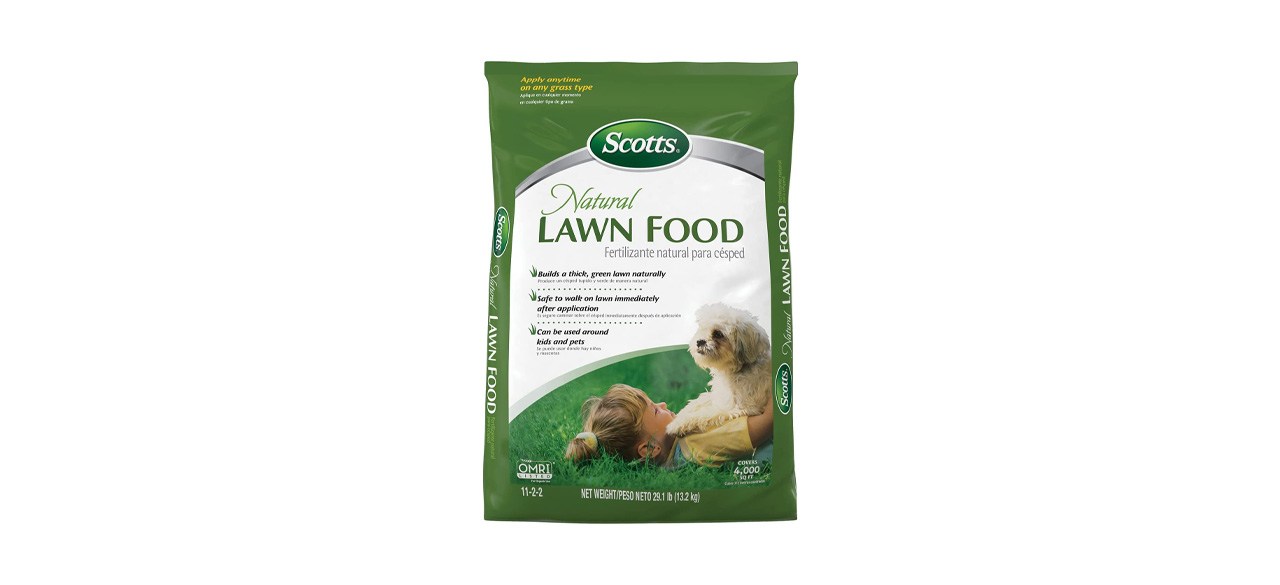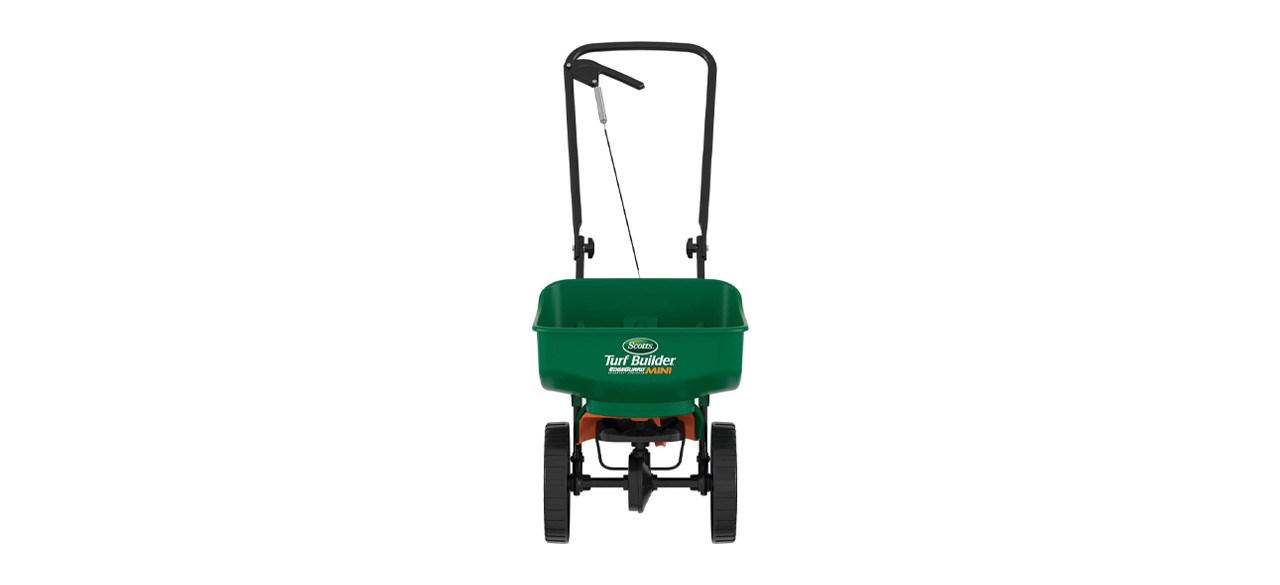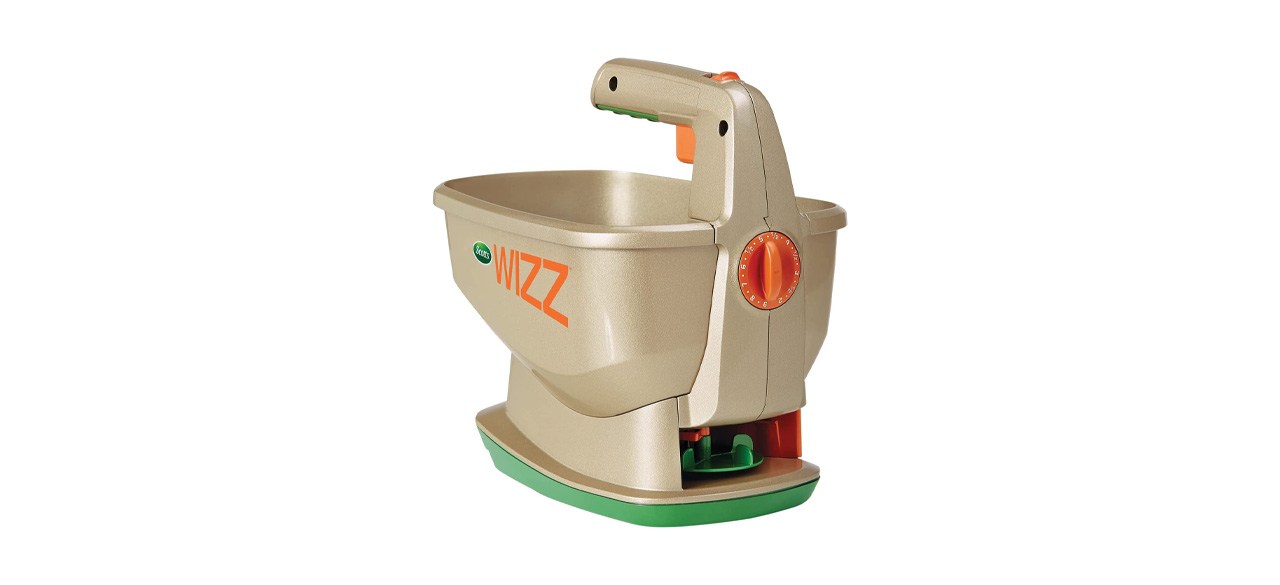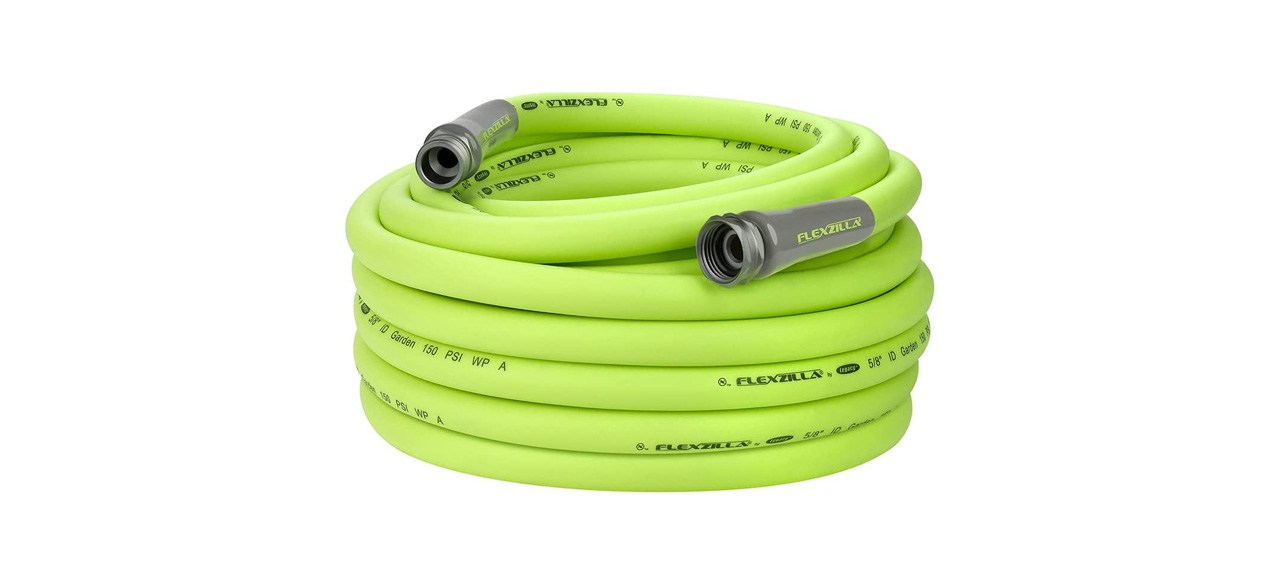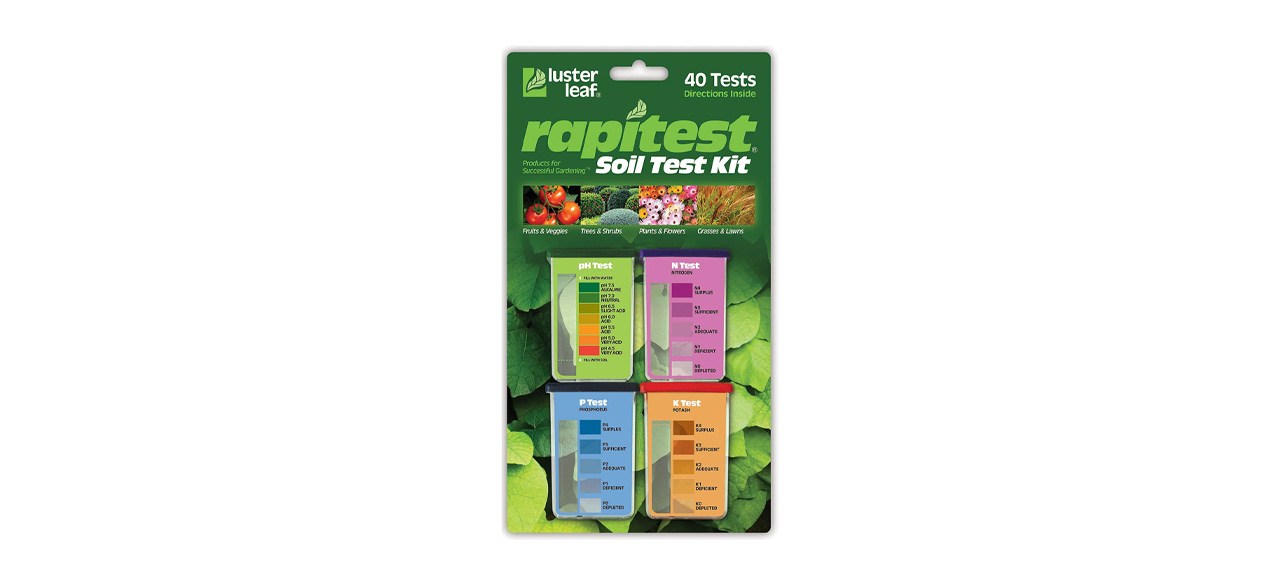Can you fertilize a lawn in the summer?
Few things can add or detract as much from a home’s curb appeal as the landscaping, and your grass is a significant aspect of that. Healthy and well-manicured grass gives a home a welcoming feeling, while a dead or overgrown yard makes everything look unkempt.
Fertilizing is vital to keeping your lawn looking its best, but it must be done correctly and at the right time of the year. Many people often wonder if they can fertilize their yard in the summer. To clear up that confusion once and for all, we’ve put together this handy guide that covers everything you need to know.
Shop this article: Scott’s Natural Lawn Food, Scotts EdgeGuard Mini Broadcast Spreader and Flexzilla Garden Hose
What is the best time to fertilize your lawn?
You should be fertilizing your lawn at least twice a year. However, if you pick the wrong season or the wrong fertilizer, you can cause excessive weed growth or even burn the grass. Part of knowing when to fertilize your yard is about knowing what type of grass you have. You should fertilize your lawn when it is actively growing. If you have cool-season grass, early spring, when the temperatures are between 60-75 degrees is the optimal time for the first feeding.
Warm-season grasses tend to start sending up green shoots a bit later in the spring when the temperatures reach 80 degrees or higher. When you see this start happening, it’s time to sprinkle your fertilizer.
You should also fertilize both cool- and warm-season grasses in the fall. This helps ensure healthy roots during the winter months, which results in healthier, greener grass the following spring.
How often should you fertilize your lawn in the summer?
While the most important times to fertilize your lawn are the spring and fall, these shouldn’t necessarily be the only times. For both types of grasses, a second feeding should follow about six weeks after the first. Depending on the date of your first round of fertilizing, this might be very late spring or early summer. However, make sure to read the manufacturer’s guidelines on the fertilizer you use, as the recommended interval between feedings may be longer or shorter.
It is usually best to avoid fertilizing during the hottest months, but if you have to do it, make sure to use the correct fertilizer type.
Choosing the right fertilizer
Synthetic fertilizers come in slow- and fast-release formulas. In addition to the essential nutrients of nitrogen, potassium and phosphate, they may also contain calcium, magnesium, sulfur and other ingredients.
While synthetic fertilizers are a good choice for spring and fall use, you should avoid them during the summer. This is because they typically have a very high nutrient content and are likely to burn the grass.
Organic fertilizers are made from fish meal, compost, manure and other natural ingredients. It has a lower nutrient content, which makes it gentler and ideal for summer use. Organic fertilizer tends to break down slowly too, so it will continue feeding the grass for months after application.
Fertilizing your lawn in the summer heat
Prepare your yard in advance
To get the best results, mow your lawn a day or two before you plan on applying the fertilizer. This helps ensure the fertilizer spreads evenly and falls to the soil, rather than sitting atop the blades of grass where it can potentially burn them. After the mowing, heavily water your lawn to saturate the soil thoroughly.
Do it at the right time of day
Later afternoon or early evening is the best time to apply fertilizer. Never do it in the middle of the day under direct sun, or you may burn the grass.
Use the right equipment
It is essential to spread fertilizer evenly across the yard. Too little in one place, and it won’t grow as well as the rest of the lawn. Too much in one spot, and it can harm or even kill the grass. The best way to ensure an even spread is by using a broadcast spreader.
Water after fertilizing
After applying fertilizer, lightly water your lawn. This is to wash any fertilizer that may have landed on the blades of grass down to the soil. Make sure not to overly saturate the soil, though, as you want to give it some time to absorb the nutrients. If you water it too heavily, you run the risk of washing the fertilizer away.
What you need to buy for fertilizing
This all-natural fertilizer is safe to use around kids and pets and is suitable for all grass types and seasons. A single bag covers a 4000-square-foot lawn.
Where to buy: Sold by Amazon
Scotts EdgeGuard Mini Broadcast Spreader
A reliable and reasonably-priced model, this broadcaster spreader is a good choice for many homeowners. It offers easy-to-use rate control and doesn’t require any assembly.
Where to buy: Sold by Amazon
Scotts Wizz Hand-held Spreader
If your yard is too small for a wheeled broadcast spreader, or you simply find a handheld model to be more convenient, the Wizz is a suitable option. It is lightweight and features 23 flow-rate settings.
Where to buy: Sold by Amazon
The Flexzilla garden hose comes in several lengths ranging from 10-100 feet, so there is certainly one that will perfectly fit your needs. It retains its flexibility in all weather conditions and has a rugged build that should last through many seasons.
Where to buy: Sold by Amazon
Luster Leaf 1601 Rapitest Test Kit for Soil
Though unnecessary for fertilizing your lawn, having a soil test kit like this is a brilliant idea. It helps you identify what nutrients your soil is lacking, or has an excess of, so you can make sure to buy the right fertilizer.
Where to buy: Sold by Amazon
Want to shop the best products at the best prices? Check out Daily Deals from BestReviews.
Sign up here to receive the BestReviews weekly newsletter for useful advice on new products and noteworthy deals.
Brett Dvoretz writes for BestReviews. BestReviews has helped millions of consumers simplify their purchasing decisions, saving them time and money.
Copyright 2023 BestReviews, a Nexstar company. All rights reserved.


